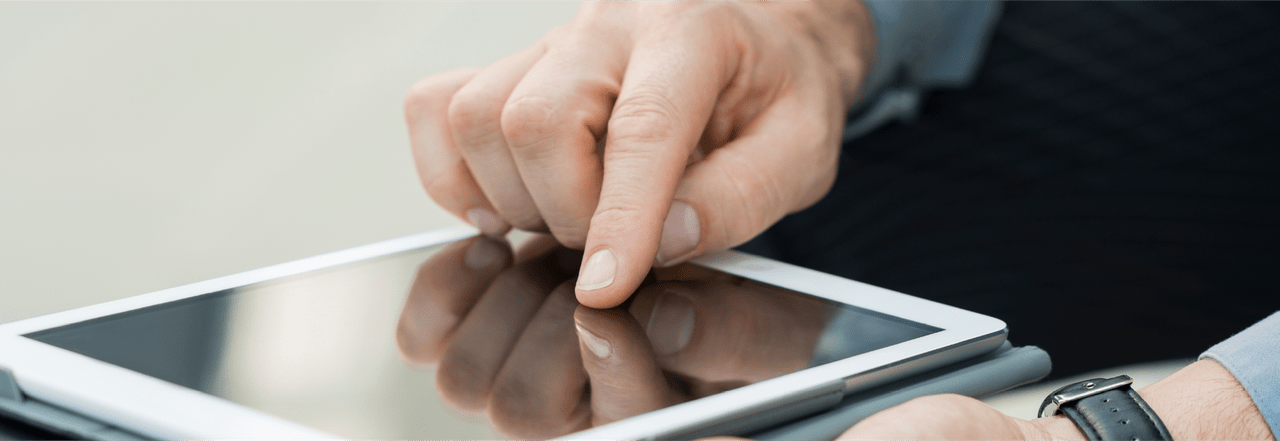Imagine going through your normal routine without your smartphone. If you’re like most people, this once-simple communications device is now your main source of knowledge, and it enhances your situational awareness on multiple levels. You use it to check today’s weather forecast while getting ready for work, find an interesting new restaurant for lunch (and actually locate it), let your friends know via text message or Twitter that you’re heading to a conference, book a hotel room, and share the outcome of your CIH exam on LinkedIn or Facebook. The rapid adoption of smart HHDs (handheld devices, including phones, tablets, and even smart watches) allows us to find and share beneficial information in real time to an extent that seemed impossible not long ago. And how many more images and videos of your activities, surroundings, and meaningful events, both positive (my son’s recent school orchestra performance comes to mind) and negative (likewise the minor damage to my auto during a recent ice-induced mishap), do you now create and share in real-time just because you can?
Now imagine your HHD is remotely connected to multiple devices that can be monitored, controlled, or interrogated. This expands your sphere of influence to include machines as well as people. Devices such as remotely accessible home thermostats and security systems are a fast-growing area of consumer acceptance; an article in the Spring 2015 issue of Intelligent Utility Magazine estimates that “nearly 32 million smart thermostats will be installed worldwide by the year 2020.” Smart home security systems are being adopted rapidly in the U.S., and 37 percent of consumers say they will likely purchase a smart home security camera or thermostat in the next 12 months—and that number jumps to 55 percent for millennials, according to iControl Networks’ 2015 State of the Smart Home report. The next wave of consumer-driven technology—accessing and controlling everyday devices remotely—is developing in a way that crosses over into the Internet of Things as well as the manufacturing, service, and processing-related technology environment called the “Industrial Internet.”
Strength in Numbers
Tablets and smartphones hold tremendous potential as tools for data aggregation, analysis, and reporting on a grand scale. Crowdsourcing apps are already being used to make maps of noise levels in large metropolitan areas: smartphone users take a “sound snapshot,” which is then transferred to the Internet, along with their GPS coordinates, to create a public “color contour map” of the environmental noise. Crowdsourcing is a very public process, and not necessarily one that you would consider using for your IH exposure assessments—but consider the creation of “internal crowdsourcing” among your various business units, and the concept becomes more attractive. The aggregated data can be mined for several uses such as attacking enterprise-wide financial liabilities.
With all of these potential applications of HHD technologies for industrial hygienists, it’s clear that the products we carry around with us every day are changing the way we will monitor employees and their exposure to chemical and physical agents. The rate of adoption of an “HHD technology infrastructure” that includes low-cost sensors, on-board apps, linkage with compliant measurement devices, and large-scale data acquisition will profoundly change our exposure assessment methods, practices, and outcomes.
ROB BRAUCH is the business unit manager for Casella CEL Inc. in Williamsville, N.Y. He is also chair of the ANSI S1 WG7 Personal Noise Dosimeter Performance Standards Committee and a member of the ASTM D22 Air Quality Committee. He can be reached at (716) 276-3040 or robbrauch@casellausa.com.
From Tablet to TLV and Back Again
The Impact of Consumer-driven Technology Development on Real-time Exposure Assessment
By Rob Brauch
SPONSORED CONTENT

thesynergist | TOC | NEWSWATCH | DEPARTMENTS | COMMUNITY

